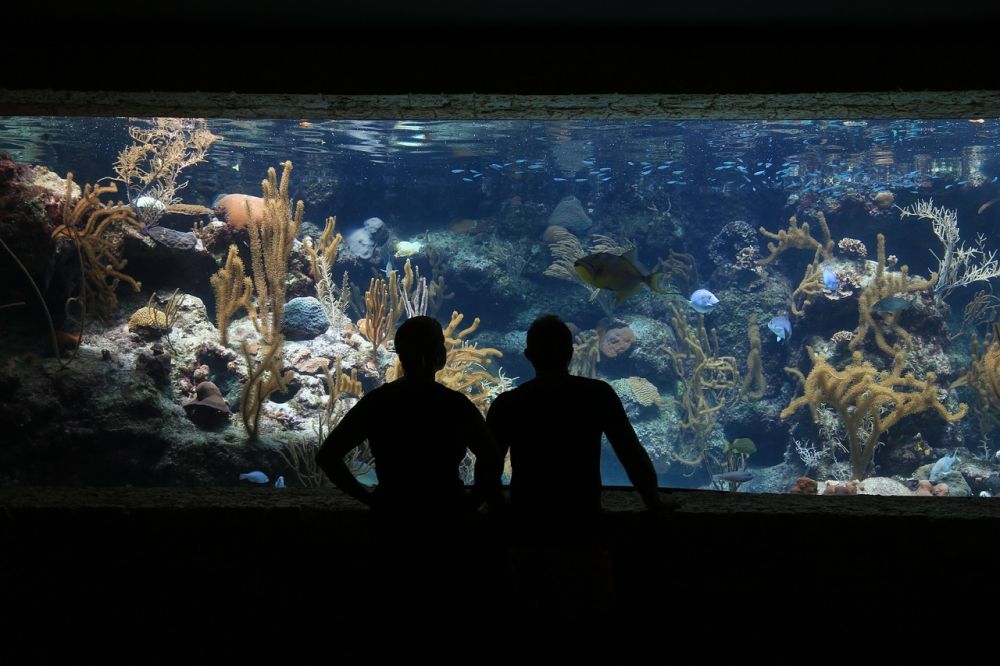Contents
Introduction
In the realm of aquascaping, achieving the perfect balance of light is paramount for fostering lush plant growth and vibrant aquatic life. As technology advances, LED lighting has emerged as a versatile and energy-efficient solution, revolutionizing the way hobbyists illuminate their underwater landscapes.
Harnessing the Power of LED Lighting
LED (Light Emitting Diode) lights have gained popularity among aquarists for their numerous advantages over traditional lighting systems. These compact, durable lights produce minimal heat and consume less energy, making them both cost-effective and environmentally friendly. Moreover, LED lights offer a customizable spectrum, allowing users to fine-tune the light output according to the specific needs of their aquatic plants.
The Impact of LED Spectrum on Plant Growth
One of the key factors contributing to the success of planted tanks is the spectrum of light provided to the plants. Different wavelengths of light influence various aspects of plant physiology, including photosynthesis, flowering, and overall growth. LED lights offer unparalleled flexibility in spectrum customization, enabling aquarists to tailor the lighting conditions to mimic natural sunlight or emphasize specific colors for aesthetic purposes.
Choosing the Right LED Fixture for Your Tank
When selecting an LED fixture for your planted tank, it’s essential to consider factors such as tank size, plant species, and desired lighting intensity. Look for fixtures with adjustable brightness and color temperature settings, allowing you to create a dynamic lighting environment suited to your plants’ requirements. Additionally, consider the light spread and coverage area of the fixture to ensure uniform illumination throughout the tank.
Implementing a Lighting Schedule
Establishing a consistent lighting schedule is crucial for maintaining a healthy balance within your planted tank ecosystem. Most aquatic plants thrive under a photoperiod of 8 to 10 hours per day, simulating the natural day-night cycle. Utilize programmable timers to automate your lighting schedule, ensuring consistent and reliable light exposure for your plants.
Monitoring and Adjusting Light Levels
Regular monitoring of light levels is essential for preventing issues such as algae overgrowth or light-stressed plants. Use a light meter to measure the intensity of light reaching different areas of the tank, making adjustments as needed to optimize plant growth while minimizing algae proliferation. Keep in mind that factors such as water clarity, depth, and plant density can influence light penetration and distribution within the tank.
Conclusion
LED lighting offers aquarists a versatile and efficient solution for illuminating planted tanks with precision and control. By harnessing the power of LED technology and implementing thoughtful lighting strategies, hobbyists can create stunning aquatic landscapes teeming with healthy, vibrant plant life. Whether you’re a seasoned aquascaper or just starting out, investing in quality LED lighting is sure to elevate your planted tank to new heights of beauty and vitality.

